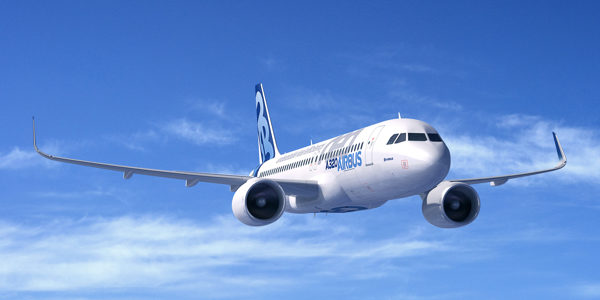Airbus streamlines supply chain with 3-D printed parts

Manufacturing firm Arconic Inc. will supply Airbus S.A.S. with 3-D printed metal parts for its commercial aircraft in a deal that extends the two companies' cooperation on materials science, aerospace parts qualification, and supply chain management, Arconic said Tuesday.
New York City-based Arconic announced two new agreements to supply the global aircraft vendor with three-dimensional (3-D) printed metal parts. One covers components made from high-temperature nickel superalloys, while the other includes titanium airframe parts.
Details on these agreements were not disclosed. The new contracts build on Arconic's April 2016 deal with Airbus for 3-D printed titanium fuselage and engine pylon components.
Three-dimensional printing is a fast-growing specialty in manufacturing and logistics, as many companies are finding they can print replacement parts and seldom-used components for less money than it would cost to stock them in a warehouse.
Industrial giant General Electric Co. made a bid for a place in that market in October when it paid nearly $600 million to acquire a 75-percent stake in Concept Laser GmbH, a German 3-D printing company. German software giant SAP SE also staked a claim to a share of the business when it announced in November that it would partner with service provider Stratasys Ltd. to establish a global network of 3-D printing labs. And in May, UPS Inc. said it would partner with SAP to launch a nationwide network of 3-D printers.
Arconic makes its complex metal parts with advanced 3-D printing, or "additive manufacturing," technologies, including the laser powder bed and electron beam processes. Arconic expects to deliver the first parts to Airbus under both agreements in the second quarter of 2017.
Toulouse, France-based Airbus will use the 3-D printed, high-temperature nickel super alloys for its A320 family of aircraft, using the heat-resistant components to handle hot air flowing from the aero engine to other parts of the airframe.
Airbus will also use the 3-D printed titanium airframe brackets for its A320 platform, the world's best-selling family of single-aisle jetliners, used in a range of services from very short-haul airline routes to intercontinental segments, the company said.
Related Articles
Copyright ©2024. All Rights ReservedDesign, CMS, Hosting & Web Development :: ePublishing